What’s The Deal With Protein?
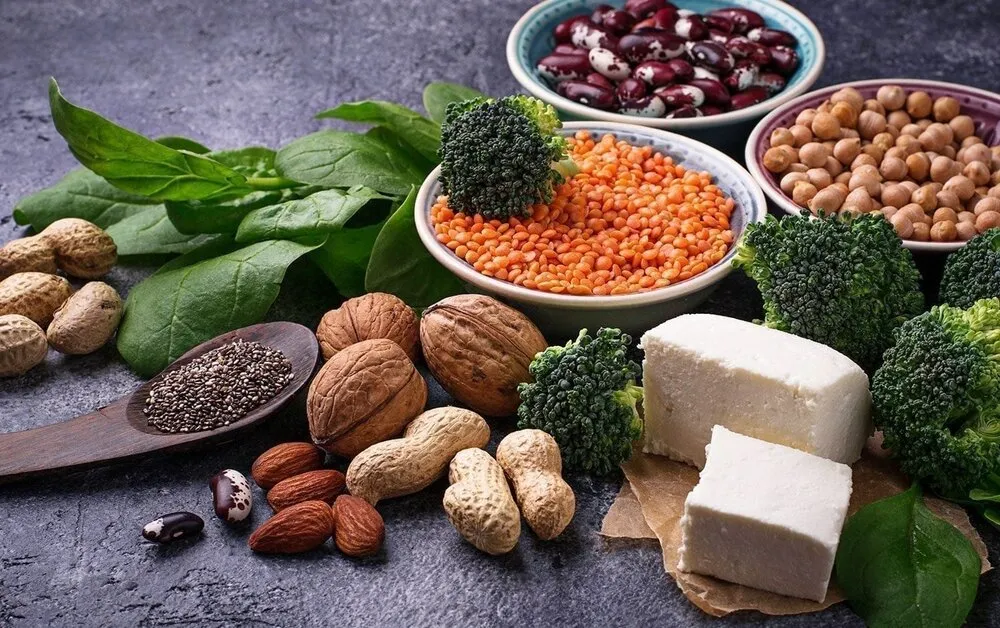
Protein, protein, protein. How much protein do I need? What’s the best protein I can have? Is plant protein better than animal? These are questions we are faced with almost daily and we are left to do our own research. We slide into whichever category that grabs our attention for that moment or whatever is “trending”.
Here is the basic rundown for you. For starters you don’t need as much protein as you think you do. Unless you are training for some ultimate race or olympic triathlon, the odds are you’re probably getting enough.
Plant vs. animal. Unless you are Type O blood type your body has a harder time digesting animal based protein anyhow. For example, pound for pound vegetables like broccoli carry more protein than chicken breast.
One large egg provides 6.3 grams of protein. But eating a variety of plant-based foods is a great way to get your daily dose of protein, as well as a range of vitamins and minerals, such as vitamin C, vitamin K and magnesium. So the good news is most plant sources carry plenty of protein and are typically combined with a lot more nutrient value.
And get this, we can only get certain nutrients from plants — such as dietary fiber and flavonoids — which give greens a leg up over eggs.
What’s more, eating plant protein is associated with a lower risk of all-cause and heart disease and replacing foods high in animal protein with plant protein sources could be associated with life longevity.
Pistachios are an excellent portable snack, making them an easy grab-and-go option to help fuel your day.
Tofu, a popular item made from soybeans that are coagulated, strained and pressed in a process similar to how some cheeses are made. This versatile item contains over 8.7 grams of plant-based protein per 1.76 ounces (or nearly 22 grams of protein per half-cup serving), this nutrient powerhouse also contains high levels of calcium, iron, B vitamins, fiber, potassium and magnesium.
Oats are rich in plant-based protein, fiber, magnesium and zinc. Just 1.76 ounces of uncooked oats, or roughly one-third cup, contains 8.5 grams of protein. In addition to their solid protein content, oats are linked to controlling hyperglycemia, lowering blood lipids and reducing weight. Not sure which oats to try? Steel-cut oats may require a longer cooking time but will hold on to more of their nutrient dense properties. To help cut down on weekday cooking time, make a big batch of oats and portion it out for the week. Just grab a container out of the fridge, throw it in the microwave and add your favorite toppings (frozen fruit, unsweetened coconut shreds and cacao nibs…).
And now for an all-time favorite, it’s good ol’ peanut butter.
Ounce per ounce, peanut butter has more protein than an egg. The 1.76-ounce egg-equivalent provides nearly 13 grams of protein, while the recommended 2-tablespoon serving delivers 7 grams of plant-based protein. PB is also known for packing in healthy, monounsaturated fat, a serving also provides about 3 grams of fiber. What’s more, peanuts are linked to having disease-protecting properties.
Indulgences aside, peanut butter goes great with fruits and vegetables, like sliced apples and celery sticks. You can also stir some into oatmeal, add a dollop to yogurt or add a couple of tablespoons into your smoothie.
I choose to eat more plant based protein not just because it’s better for me but I am also able to cook with more variety not being stuck to the boring chicken or beef.
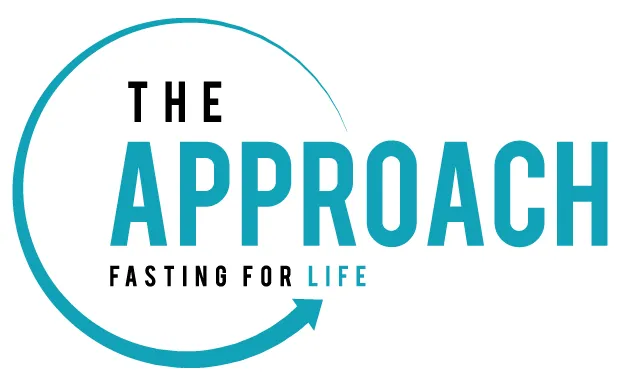
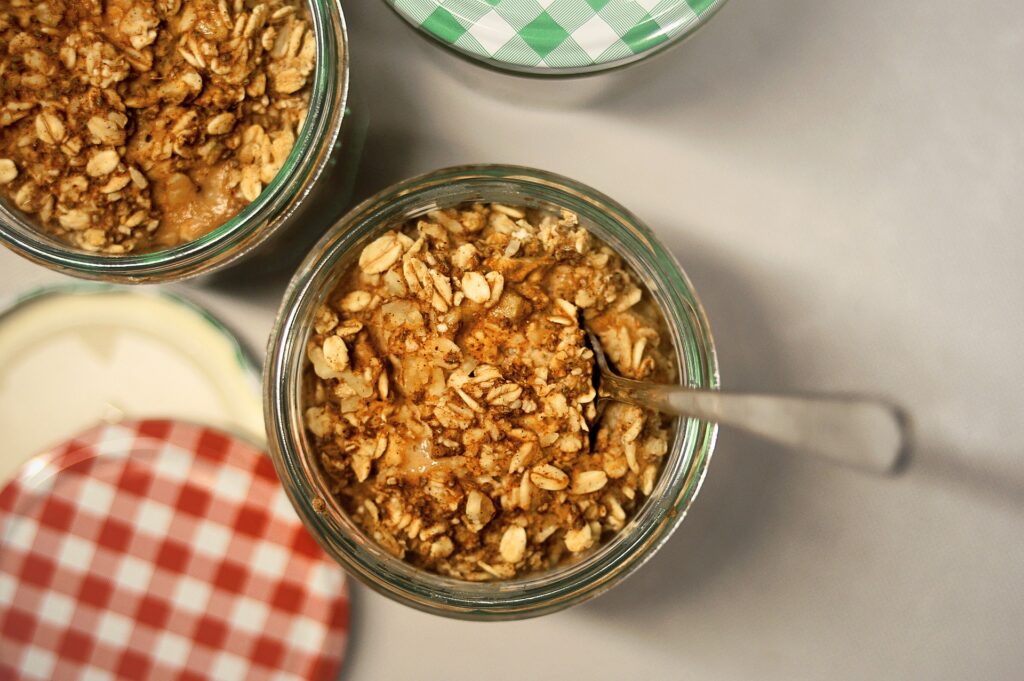

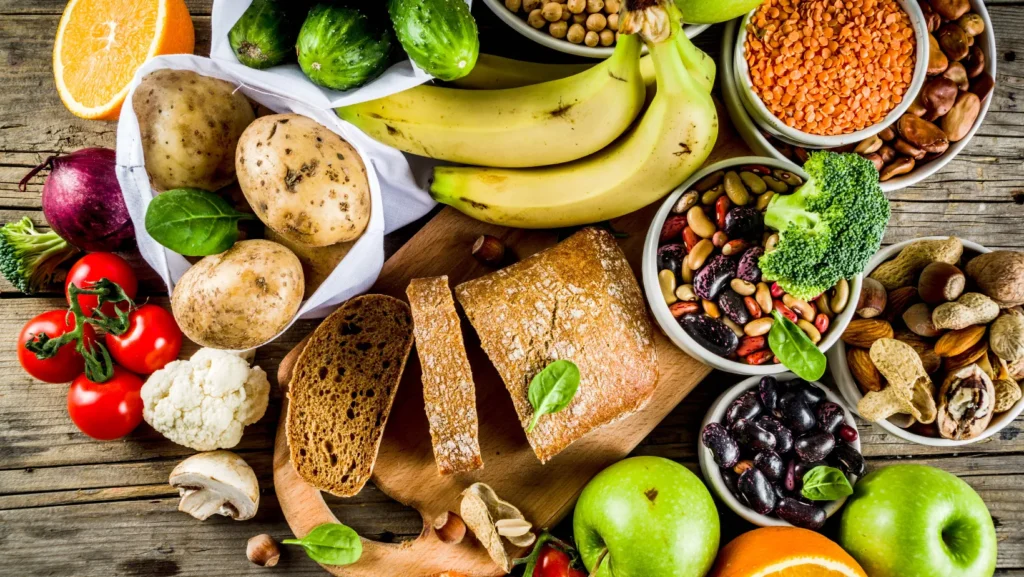
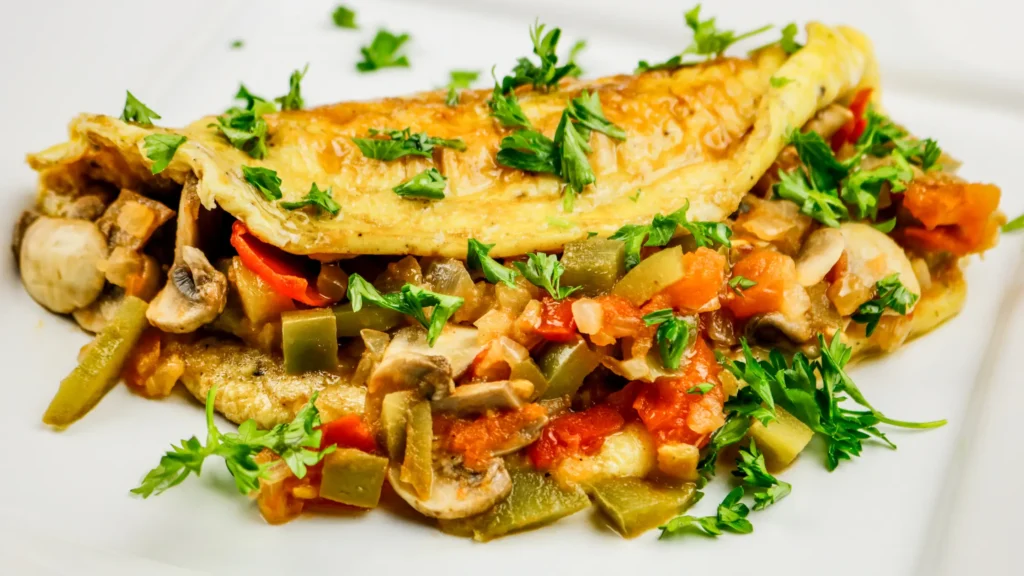




Responses